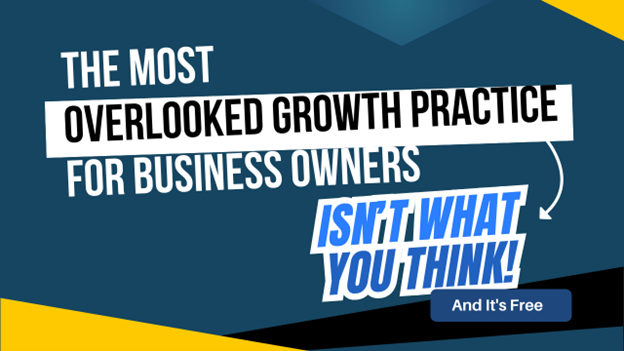From Conflict to Collaboration: Turning Workplace Disputes into Growth Opportunities
Workplace conflicts are inevitable—but they don’t have to be toxic. Great leaders turn disagreements into collaboration opportunities. This article covers:
- Communication frameworks that promote understanding
- Mediation techniques to defuse tension
- Strategies for creating win-win solutions
Handled well, conflict strengthens teams and sparks innovation. Let’s turn friction into progress.
527 words ~ 2.5 min.
Workplace conflict is a fact of life. Differing opinions, competing priorities, and personality clashes happen in every organization. But conflict itself isn’t the problem—how leaders handle it makes all the difference. Poorly managed disagreements create division and resentment, while skillful conflict resolution builds trust, strengthens teams, and sparks innovation.
When leaders adopt effective communication strategies, mediation techniques, and solution-driven approaches, they transform tension into teamwork. Here’s how to turn workplace conflict into a productive force.
1. Communication Frameworks That Promote Understanding
Many workplace conflicts stem from misunderstandings. People often assume intent, misinterpret tone, or let emotions take over. Strong communication frameworks prevent minor disagreements from escalating into full-blown disputes.
Active Listening as a Leadership Tool
Listening isn’t just about hearing words—it’s about understanding meaning. Leaders can foster better communication by:
- Asking clarifying questions (“Can you explain what you mean by that?”).
- Paraphrasing key points to ensure mutual understanding (“So what I’m hearing is…”).
- Avoiding defensive reactions and staying open to feedback.
Nonviolent Communication (NVC): A Framework for Respectful Dialogue
Developed by psychologist Marshall Rosenberg, NVC is a four-step process that promotes empathy and constructive discussion:
- Observe without judgment. (“I noticed that deadlines were missed this month.”)
- Express feelings honestly. (“I feel frustrated because it affects our team’s progress.”)
- Identify needs clearly. (“I need better alignment on project timelines.”)
- Make a request for resolution. (“Can we set clearer deadlines going forward?”)
This framework removes blame and encourages problem-solving rather than confrontation.
2. Mediation Techniques to Defuse Tension
Some conflicts require mediation—especially when emotions run high. Effective leaders act as neutral facilitators, ensuring all voices are heard and guiding conversations toward resolution.
Key Mediation Strategies:
- Establish Psychological Safety: Create an environment where people feel safe expressing concerns without fear of retaliation.
- Reframe the Conflict as a Shared Problem: Instead of “me vs. you,” frame it as “us vs. the issue.”
- Use the “Third Story” Perspective: This method, from Harvard’s Negotiation Project, encourages participants to step back and look at the situation as an outsider would. It shifts the conversation from blame to understanding.
When leaders mediate skillfully, conflicts become opportunities for strengthening relationships and improving workplace culture.
3. Win-Win Strategies for Long-Term Solutions
Effective conflict resolution isn’t about finding a temporary fix—it’s about creating lasting solutions that work for everyone involved.
Steps to Achieve a Win-Win Outcome:
- Identify Shared Goals: Most conflicts arise from different approaches, not opposing objectives. Find the common ground.
- Encourage Creative Problem-Solving: Avoid binary thinking (e.g., "my way or your way") and explore alternative solutions.
- Follow Up and Hold People Accountable: Agreements should be documented and revisited to ensure lasting change.
When conflict is resolved thoughtfully, teams emerge stronger, more engaged, and better aligned.
Final Thoughts
Conflict in the workplace is unavoidable—but leaders who approach it with empathy, structure, and problem-solving skills can turn it into a powerful force for collaboration. The best teams aren’t those that never disagree; they’re the ones that know how to navigate differences productively.
For further insights, check out Harvard Business Review’s guide to difficult conversations and Forbes’ advice on workplace mediation.
---
The Leavenworth-Lansing Area Chamber of Commerce is a private non-profit organization that aims to support the growth and development of local businesses and our regional economy. We strive to create content that not only educates but also fosters a sense of connection and collaboration among our readers. Join us as we explore topics such as economic development, networking opportunities, upcoming events, and success stories from our vibrant community. Our resources provide insights, advice, and news that are relevant to business owners, entrepreneurs, and community members alike. The Chamber has been granted license to publish this content provided by Chamber Today, a service of ChamberThink Strategies LLC.




